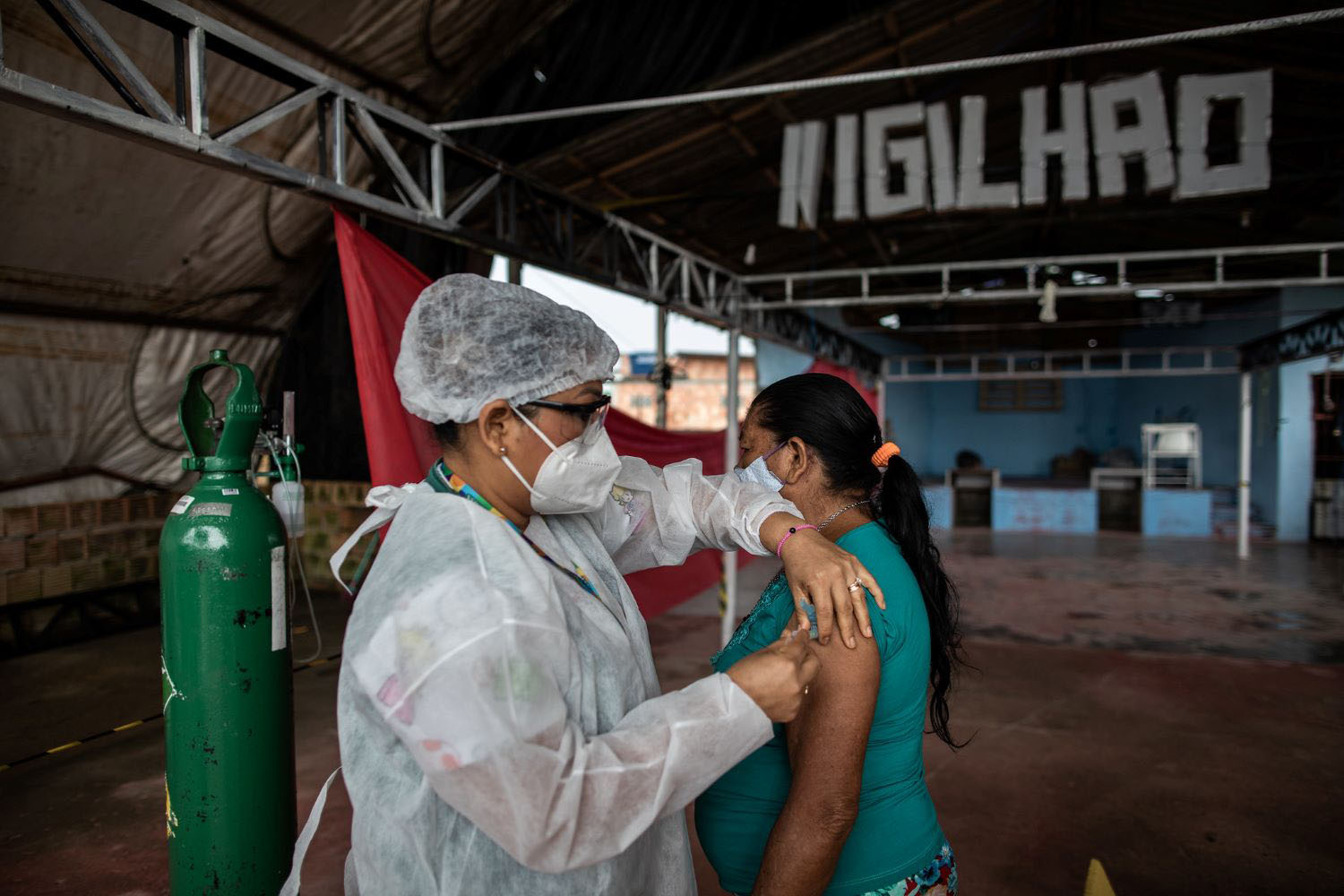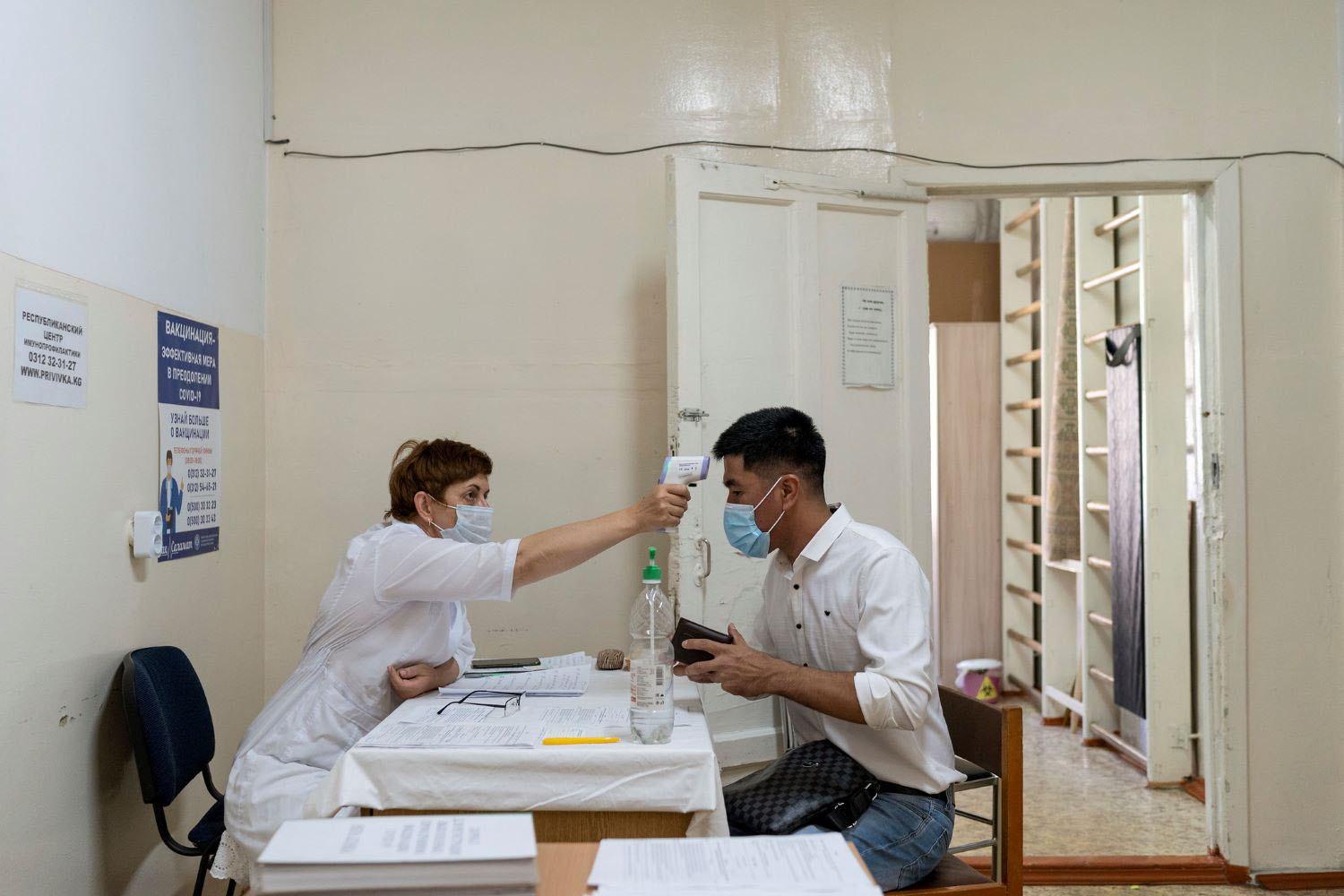The Board of Gavi, The Vaccine Alliance, will retreat next week to discuss a new strategy and replenishment. Ahead of its 20-year anniversary next year, the Board will reflect on key questions that will frame Gavi’s mandate, funding, and activities into the next five-year period. On the agenda: questions on Gavi’s role in addressing coverage gaps in immunization, how middle-income countries should be involved, and how the organization will shape vaccine markets and future innovation.
My colleagues and I have put together a preliminary set of six short notes that examine different dimensions of Gavi’s work and make recommendations for ways to address identified issues:
-
Vaccine Introduction and Coverage in Gavi-Supported Countries 2015-2018: Implications for Gavi 5.0
-
Gavi From the Country Perspective: Assessing Key Challenges to Effective Partnership
My opinionated version is included in both the overview and below:
-
Double down on coverage: Gavi has focused successfully on introducing new vaccines, but coverage of newly introduced and existing vaccines remains too low, particularly in poor areas of large middle-income countries. Vaccines can only deliver on their health impact and value-for-money promise if herd immunity is attained and sustained. Gavi needs to focus on the outcome: getting vaccination coverage high enough for herd immunity in each country, and starting with the poorest and highest-risk communities and the largest birth cohort countries.
-
Eligibility is about more than income: Gavi rules transition countries out of eligibility when they cross the World Bank IDA eligibility line of about 1500 USD per capita. Gavi has made exceptions to extend support to certain countries or for certain vaccines, but these are ad hoc, and the current set of transitioning countries face greater fiscal pressures than already-transitioned countries. A country crossing an income threshold does not signal mission accomplished for an organization that aims to save lives and protect health with vaccines. Gavi should combine the IDA threshold with an equitable coverage measure to determine eligibility, while developing modalities of support that create clear and strong incentives for country own-financing of immunization programs and equitable coverage. Refugee flows and emergencies also confound the income-based threshold; at present, Gavi-ineligible middle-incomes host almost half of the world’s 18 million refugees and -despite the need- there is no routine way to support vaccination among these populations.
-
Market shaping and prices depend on vaccine purchase volumes: The largest birth cohort countries will transition from Gavi eligibility (crossing the IDA threshold) rapidly over the coming years, reducing the volume of Gavi vaccine purchases under current eligibility rules and likely affecting Gavi’s ability to obtain good prices. There are also worries that middle-incomes drop vaccines as they transition as the prices are much higher and/or the vaccine is no longer cost-effective given the public budget constraint. Gavi and partners should work to expand and articulate with the UNICEF Vaccine Independence Initiative that enables middle-income countries to buy into better procurement deals, and to work with countries to examine the economic case for buying-in vis a vis self-procurement.
-
Health systems support needs a reset: Gavi health systems strengthening efforts are complicated, small-scale (<$5 million), and not clearly linked to impact in increasing vaccine delivery or immunization rates. Most of the money goes to non-government entities. There is a growing evidence base on interventions that work to improve uptake of vaccination—from information to financial incentives to laws (see Brenzel 2014 for example)—and there are clear opportunities to fund and evaluate these and other kinds of efforts at larger scale and in partnership with government.
-
Vaccination matters for global health security and polio elimination: Full vaccination for age is the first defense against global health security threats. If a universal flu vaccine gets through the R&D pipeline, for example, is there a market (organized demand) for its affordable purchase for/on behalf of lower-income countries? Gavi has already developed some stockpiles in yellow fever, and supported Ebola vaccine purchase for DRC. But again, this is ad hoc and underfunded. Gavi needs to be at the heart of the global health security agenda and can also have a role in disease surveillance from a multi-disease standpoint. Gavi should also have a role in getting polio eradication done—the world needs to switch to inactivated polio vaccine (IPV) over the next years for elimination to work—but as the Global Polio Eradication Initiative winds down, is there an organized market assured for their purchase when the time comes? Donors take note—this should not be a business-as-usual replenishment.
-
Kick off a global movement for vaccination: Finally, as unfounded fears and anti-science movements spread across the world, Gavi has a comparative advantage and special role to play in combating vaccine hesitancy using the tools of media and advocacy to get the science and information out to parents and the public at large for better decision-making that protects us all.
The draft notes set out much more detail and further options. As a reminder: these are drafts! Feel free to contribute in the comments below—we look forward to a year-long effort to discuss the issues faced by Gavi and other global health organizations as they grapple with mission and replenishment pressures.
Disclaimer
CGD blog posts reflect the views of the authors, drawing on prior research and experience in their areas of expertise. CGD is a nonpartisan, independent organization and does not take institutional positions.





